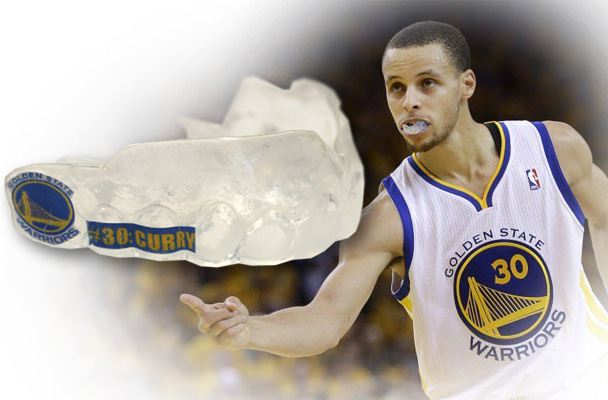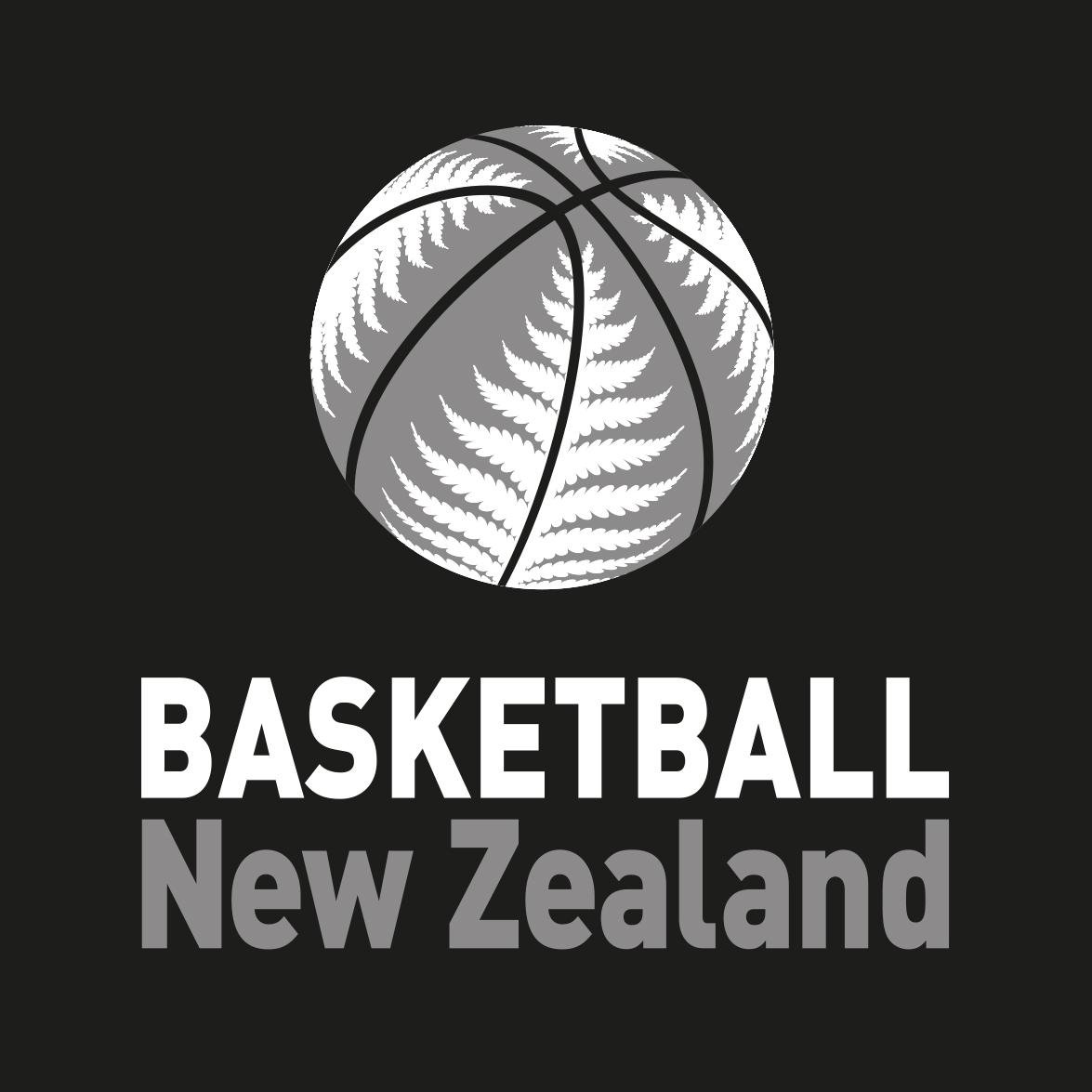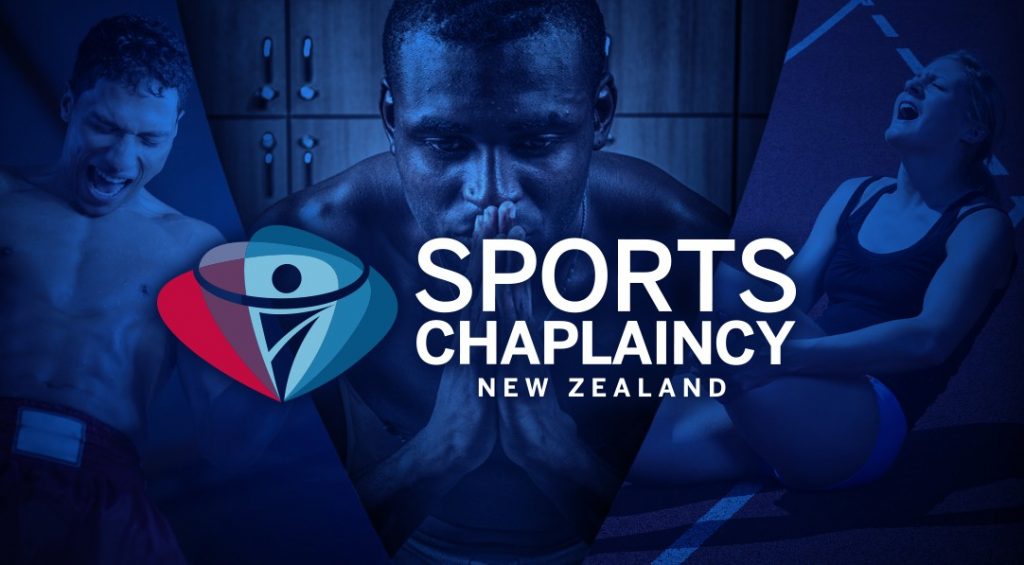date_range Published 15 May 2018
Mouthguards are fast becoming compulsory in many sports and are now even seen as a way to improve performance.
Rugby, hockey and boxing are all sports where mouthguards have been common for many years.
But what about golf, basketball or triathlon?
Basketball is Dunedin’s latest sport to make mouthguards mandatory for school-aged players, following a new policy from Basketball New Zealand last year.
That has prompted Basketball Otago to roll out mouthguards to more than 300 school teams, which have begun their seasons this month.
BBNZ’s policy states players in under-19 representative competitions must wear mouthguards.
That had come as a result of an increase in ACC claims for dental-related basketball injuries as more people play the game.
BBO general manager Justin Ludlow said the association supported the move and decided to follow it on a local basis. Studies have shown the sport is among the most high-risk for dental injuries.
The speed at which it is played and the chances of copping a blow to the jaw — mainly through elbows — were reasons given for that.
It has not been uncommon for individuals in the sport to wear mouthguards.
However, having a full team wearing them is a relatively new development.
Their use in rugby has grown too, and they were made compulsory for players in domestic competitions in 1998.
That led to a 40% drop in dental injury ACC claims over the following five years.
In recent years that has extended to the All Blacks, despite World Rugby not requiring their use.
It is stated in the collective agreement that players must “wear a mouthguard in the course of playing rugby for a New Zealand team or when contact training”.
Perhaps even more intriguing is the development of mouthpieces for non-contact sports.In Queenstown at the New Zealand Golf Open in March, American Paul Peterson had one around the Hills and Millbrook courses, and wore it when hitting the ball.
He appears not to be the only one either.
Several golfers have provided endorsements for performance mouthpieces.
Other endorsements came from triathletes, marathon runners, weightlifters, cyclists and snowboarders.
They wear mouthguards because of comfort, increasing performance and decreasing the negative effects of clenching.
Leading Australian jockey Craig Williams wore a mouthguard recently after having dental work done.
Mouthguards have come a long way from their first use, which can be traced back to boxing in the late 19th century.
The first custom-fitted mouthguard was made in the early 1900s, but it was not until 1947, with the invention of the acrylic mouthguard, that they were able to be moulded.





